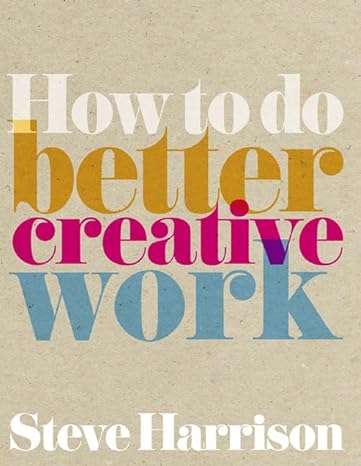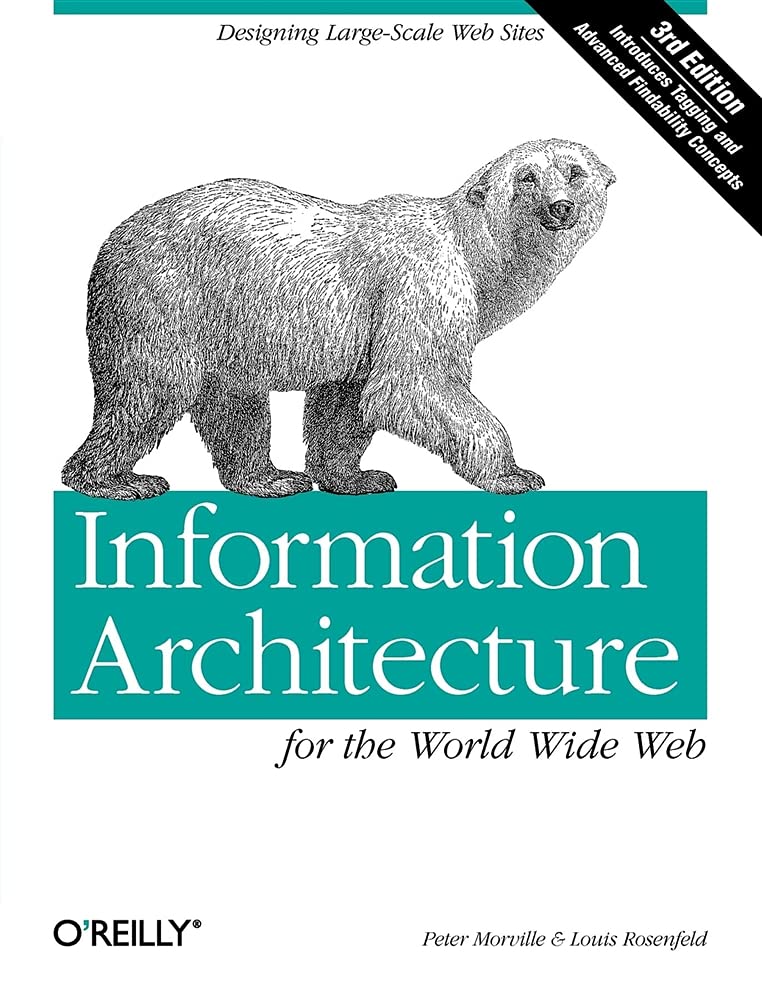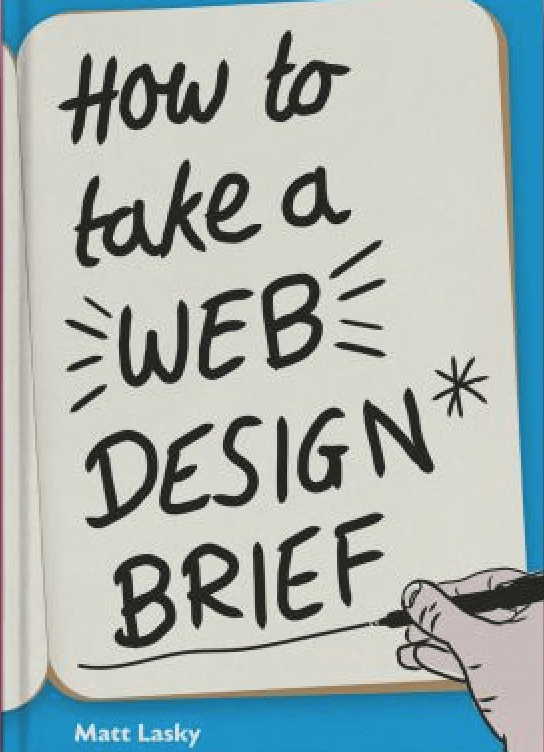Web design shapes the way we interact with the online world. The design and web graphics of a website not only determine its aesthetic appeal to visitors but also its usability, accessibility and overall user experience. In this ever-evolving digital landscape, the importance of web design and web development has never been more important, influencing everything from user engagement to business success.
In this dynamic field, self-education and continuous learning are essential whether you are a complete beginner or a professional Web Designer. The rapid pace at which technology and design trends evolve demands that Web Designers stay abreast of new tools, techniques and best practices. This commitment to learning ensures that Designers can devise innovative digital products and create websites that are not only visually appealing but also functionally robust and aligned with the latest industry and web standards.

To aid in this quest for knowledge and skill enhancement, we have put together a list of the top 5 web design books that we believe every Web Designer should read. These books cover a range of topics, from finding your purpose in design to mastering the intricacies of information architecture and the importance of getting basic design principles right.
Whether you are a seasoned professional looking to refine your craft or a newcomer eager to build a strong foundation, these books offer valuable insights and guidance to help you along your web design journey.
Here are our top 5 books on web design:
- Simon Sinek: Start with Why
- Steve Harrison: How to Do Better Creative Work
- O’Reilly: Information Architecture for the World Wide Web
- Peter L. Phillips: Creating the Perfect Design Brief
- Matt Lasky: How to Take a Web Design Brief
- And One Extra…Jon Duckett: HTML and CSS: Design and Build Websites
1. Simon Sinek: ‘Start with Why’
‘Start with Why’ is a compelling book written by Simon Sinek, an acclaimed author and motivational speaker known for his insights into leadership and inspiring action. In this book, Sinek explores the concept of the ‘Golden Circle,’ a framework that centres on the importance of understanding why we do what we do before delving into the how and what. By starting with ‘why,’ organisations and individuals can inspire others, drive change and ultimately, achieve lasting success.
Applying the Core Message to Web Design:
In the realm of web design, the principles laid out in this book are incredibly pertinent. Web Designers achieve so much more than creating beautiful websites. They are also crafting experiences and conveying messages, all in an interactive way. Understanding the ‘why’ behind a beautiful web design — the core purpose and goals it aims to achieve — is crucial. This deeper understanding guides the design process, ensuring that every element serves the website’s overarching objectives and resonates with its intended audience.
Key Takeaways for Web Designers:
- Finding Purpose in Design: Web Designers should always delve into the purpose behind the websites they create. Understanding the ‘why’ can lead to more meaningful and impactful design choices that align with the site’s goals and users’ needs.
- Inspiring Through Design: Just as leaders can inspire action by starting with ‘why,’ Web Designers can inspire users by creating designs that communicate the website’s purpose. This can foster engagement, loyalty and positive user experiences.
- Standing Out: In a crowded digital space, websites that clearly articulate and embody their ‘why’ stand out. Web Designers must take advantage of this principle to create distinctive and memorable online experiences and build websites that set them apart from competitors.

By integrating the lessons from ‘Start with Why’ into their work, Web Designers can elevate their designs from merely functional to genuinely inspiring, creating websites that not only look great but also connect with users on a deeper level, driving engagement and achieving the website’s objectives.
2. Steve Harrison: ‘How to Do Better Creative Work’
‘How to Do Better Creative Work’ is an insightful book by Steve Harrison, a renowned figure in the field of advertising and creative thinking. Harrison, with a wealth of experience in creating compelling campaigns, shares his knowledge on how individuals can boost their creativity and produce work that not only stands out but also achieves results. This book is a treasure trove of practical advice, drawing on Harrison’s experiences and successful strategies in the creative industry.
Enhancing Creativity and Innovation in Web Design:
The principles and insights from Harrison’s book can be directly applied to web design, a field where innovation and creativity are paramount. Web Designers are constantly challenged to break new ground and create unique user experiences. By adopting Harrison’s approaches, Designers can push the boundaries of traditional web design, explore new creative landscapes, and develop websites that not only captivate but also connect with users on a meaningful level.
Specific Strategies and Ideas for Web Designers:
- Embrace a Creative Mindset: Harrison emphasises the importance of nurturing a creative mindset. Web Designers can adopt this approach by staying curious, seeking inspiration from various sources, and not fearing to experiment with new ideas.
- Understand Your Audience: Just as Harrison advocates for a deep understanding of the target audience in advertising, Web Designers should always research and empathise with their users. This knowledge can inform UX design decisions, ensuring that the website resonates with its audience.
- Iterative Design and Feedback: The book highlights the value of iteration and feedback in the creative process. Web Designers can apply this by embracing a prototype-driven approach, and continually refining their designs based on user feedback and testing.
- Break Conventions Wisely: While innovation is key, Harrison also cautions against change for change’s sake. Web Designers should balance creativity with web usability, ensuring that their innovative ideas enhance rather than hinder the overall user experience.

By integrating some of Steve Harrison’s strategies into their workflow, Web Designers can elevate their creative output, producing work that not only looks great but also effectively engages and delights users. ‘How to Do Better Creative Work” offers a roadmap for Web Designers eager to expand their creative horizons and make a lasting impact with their designs.
3. O’Reilly: ‘Information Architecture for the World Wide Web’
This comprehensive guide, often referred to as the ‘polar bear book’, is great for understanding the structure of websites and online environments. It delves into the practice of information architecture (IA), which is crucial for creating logical, clear and navigable web spaces. The book covers a range of topics, from organising information to creating effective navigation systems, making it an invaluable resource for Web Designers who aim to build more coherent and user-friendly websites.
The Importance of Information Architecture in Web Design:
Information architecture is fundamental to the success of any website. It involves the careful organisation and structuring of the website’s content and features, ensuring that users can find information effortlessly and intuitively on each web page. Effective IA helps create a seamless user experience, reducing confusion and enhancing user satisfaction. By understanding and implementing the principles of information architecture, Web Designers and Web Developers can significantly improve the usability and effectiveness of their web projects.
Practical Tips and Lessons from the Book:
- Start with User Needs: The book emphasises starting the IA process by understanding the needs and behaviours of the website’s target users. This user-centred approach ensures that the structure aligns with user expectations and preferences.
- Categorisation and Labelling: Learn how to categorise content logically and use clear, descriptive labels. These practices are crucial for helping users navigate the website and find the information they need without confusion on the web pages.
- Creating Effective Navigation: The book offers insights into designing navigation systems that are intuitive and consistent. A well-thought-out navigation structure can guide users through the website effortlessly, improving their overall experience.
- Testing and Iteration: This book advocates for regular testing of the website’s information architecture with real users. Gathering feedback and making iterative improvements can enhance the site’s structure and usability over time.

This book serves as a foundational text for anyone looking to deepen their understanding of information architecture and its critical role in web design.
4. Peter L. Phillips: ‘Creating the Perfect Design Brief’
Phillips is an experienced design professional who provides a deep dive into the art and science of crafting effective design briefs. Phillips shares his expertise and insights gleaned from years in the industry, focusing on how to bridge the gap between clients and Designers to ensure successful project outcomes. The book is a valuable resource for Designers across various fields, offering structured guidance on gathering and synthesising information to create a clear and comprehensive design brief.
Guidance on Creating Effective Design Briefs:
Phillips’ book is a step-by-step guide that demystifies the process of developing a design brief. It underscores the importance of a well-constructed brief as the foundation of any design project, serving as a critical reference point that aligns client expectations with the Designer’s vision and approach. The book covers essential aspects such as identifying the project’s goals, understanding the target audience, setting clear objectives, and outlining the scope and constraints. By following Phillips’ advice, Designers can create briefs that encapsulate all necessary details, ensuring that the project is set on the right path from the start.
Relevance to Web Design Projects:
A comprehensive design brief is vital for web projects, where complexities abound, and stakeholder alignment is crucial. The book’s principles help Web Designers gather critical information, from understanding the website’s purpose to defining user experience goals and technical requirements. This clarity is vital in helping Designers craft user-centric, goal-oriented websites but also in facilitating effective communication and collaboration between Designers, clients, and development teams.
Key Takeaways for Web Designers:
- Effective Client-Designer Communication: Learn strategies to foster clear and productive conversations with clients, ensuring that their needs and expectations are accurately captured in the brief.
- Strategic Planning: Gain insights into setting realistic, measurable objectives for web design projects, aligning with broader business goals or client expectations.
- User-Centric Focus: Understand the importance of centring the brief around the end user, ensuring that design decisions contribute to a positive and engaging user experience.

By integrating the strategies and insights from ‘Creating the Perfect Design Brief,’ Web Designers can enhance their project planning and execution processes, leading to more successful and satisfying web design outcomes. This book is an essential tool for anyone looking to refine their briefing skills and foster more effective, results-driven design collaborations.
5. Matt Lasky: ‘How to Take a Web Design Brief’
Unlike Phillips’ book, which addresses design briefs in a more general context that could apply to various types of design projects, not just web design, this book is specifically tailored toward Web Designers, focusing on the nuances of taking briefs for web design projects.
‘How to Take a Web Design Brief’ is a practical guide written by a seasoned Web Designer and Strategist with extensive experience in the digital design industry. With his down-to-earth and practical tone, Lasky leverages his expertise to help other Designers navigate the crucial initial stages of web design projects. The book aims to equip Web Designers and Developers with the skills and knowledge needed to accurately capture and interpret client requirements, setting the stage for successful project outcomes.
Gathering and Interpreting Client Requirements:
Lasky emphasises the importance of the briefing process in web design. He provides a comprehensive framework for conducting thorough and effective briefings, ensuring that Designers fully understand the client’s vision, objectives and expectations. The book guides readers through various techniques to extract pertinent information, ask the right questions, and identify potential challenges early in the project lifecycle. By mastering these skills, Web Designers can create a solid foundation for their design work, aligning closely with the client’s needs and goals.
Actionable Advice for Improving Collaboration and Success:
- Effective Communication Strategies: Lasky highlights the significance of clear and open communication between the Designer and the client. He offers strategies for establishing a dialogue that encourages clients to share their thoughts and feedback candidly.
- Clarifying Objectives and Expectations: The book provides insights on how to clarify and align project objectives, ensuring that both the Designer and the client have a shared understanding of what success looks like.
- Managing Feedback and Revisions: Lasky offers guidance on handling feedback and revisions, providing tips on how to integrate client input while maintaining the project’s creative and strategic integrity.

By applying the principles and techniques from ‘How to Take a Web Design Brief,’ Web Designers can enhance their ability to capture and respond to client needs, fostering stronger collaborations and driving project success. The book serves as an essential resource for anyone aiming to refine their briefing process and build more effective, client-focused design practices.
And One Extra…Jon Duckett: ‘HTML and CSS: Design and Build Websites’
Another highly recommended book for Web Designers is ‘HTML and CSS: Design and Build Websites’ by Jon Duckett. This book is well-regarded for its clear, concise explanations and visually appealing layout, making it accessible for beginners and a useful resource for experienced Designers and Developers alike looking for a refresher.
Are Coding Skills Relevant to Web Designers?
Coding skills are intrinsically connected to web design because HTML (HyperText Markup Language) and CSS (Cascading Style Sheets) are the foundational technologies used to create and design websites. Understanding HTML and CSS is essential for anyone involved in web design or development for several reasons:
- Structure and Content: HTML elements are used to structure the content on web pages. It allows Designers to define elements such as headings, paragraphs, links, images and other multimedia content. A deep understanding of HTML is crucial for Web Designers to effectively organise and present content on the web.
- Styling and Aesthetics: CSS is used to control the presentation of a website, including layout, colours, fonts and spacing. It separates content from design, allowing Web Designers to create visually appealing and consistent interfaces across different web pages and devices.
- Responsive Design: CSS enables Web Designers to create responsive designs, meaning the website can adapt its layout and appearance based on the size and orientation of the device it’s being viewed on. This is essential for providing a good user experience across desktops, tablets, and smartphones.
- User Experience: A well-structured HTML document and well-applied CSS not only contribute to the visual appeal of a website but also to its usability and accessibility. Web Designers use HTML and CSS to ensure that websites are navigable, accessible to users with disabilities, and provide a positive overall user experience.
- Web Development Integration: While HTML and CSS are design-centric, they also form the basis for more advanced web development. Understanding these languages is crucial for Designers to communicate effectively with Developers and to engage in front-end development themselves.
Key Features of the Book:
By mastering HTML and CSS, Web Designers will gain the ability to create effective, efficient and visually compelling websites. This book provides the foundational knowledge and practical skills necessary for anyone looking to start or enhance their journey in web design. Here are the key features:
- Visual Learning: The book is known for its vibrant, engaging design that makes learning a visual experience. It uses infographics and illustrations to explain concepts, which can be particularly helpful for visual learners.
- Beginner-Friendly: It starts with the basics, making it a great choice for those who are new to web design and development. The book guides readers through the foundational elements of HTML and CSS, providing a solid starting point for building web pages.
- Practical Examples: Duckett includes practical examples and hands-on exercises that allow readers to apply what they’ve learned. This approach helps solidify the concepts and skills introduced in the book.
- Comprehensive Coverage: While the book is accessible to beginners, it also covers enough depth to be useful as a reference for more experienced Developers. It addresses various aspects of HTML and CSS, from basic syntax and structure to more advanced topics like layout techniques and responsive design.

Whether you are just starting with web design or you are a seasoned professional looking to revisit the basics, ‘HTML and CSS: Design and Build Websites’ offers a thorough and engaging way to learn these essential web technologies.
Conclusion
The field of web design is ever-evolving, with new technologies, trends and user expectations constantly shaping the digital landscape. In this dynamic environment, continuous learning and personal growth are necessary for everyone looking to excel in web design. The five books we’ve discussed—ranging from understanding the foundational ‘why’ behind design decisions to mastering the intricacies of information architecture and effective client communication—serve as invaluable resources for Web Designers at any stage of their careers.
Each book offers a unique perspective and practical knowledge that can significantly enhance your skill set, creativity and strategic thinking. Whether it’s by delving into the psychology of user-centred design, navigating the complexities of information structuring, or perfecting the art of the design brief, these books are instrumental in helping Web Designers create impactful and user-friendly digital experiences.
